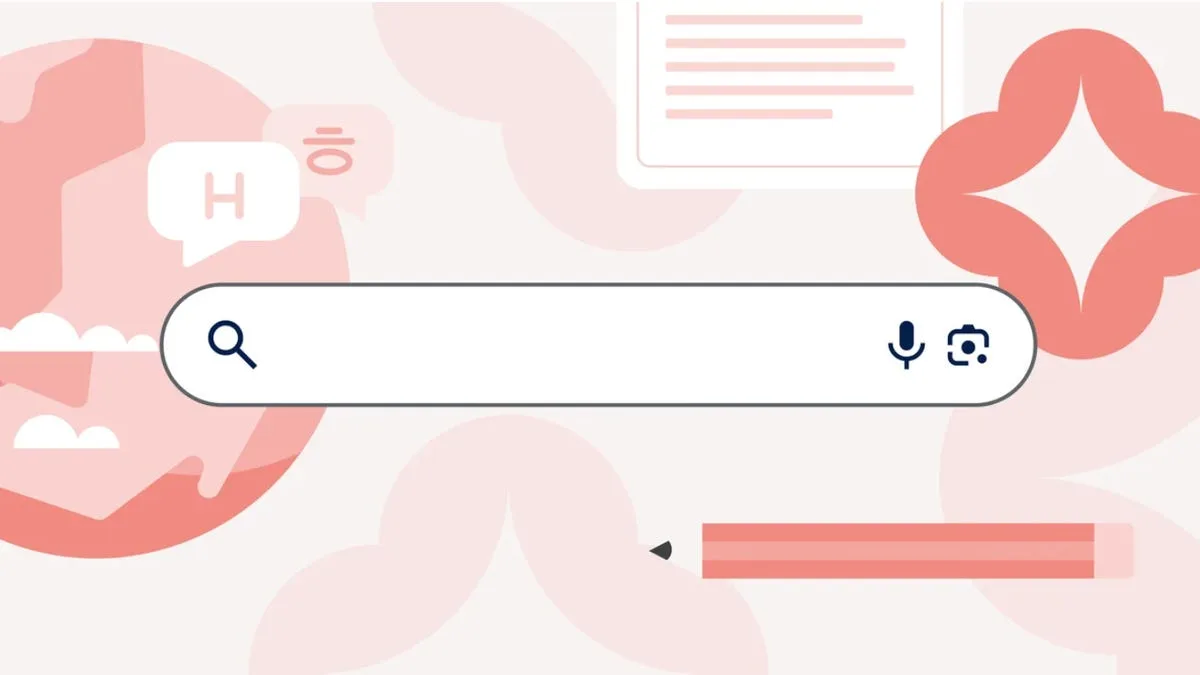Welcome to Bonafi Dialogues: Exploring the Future of AI and Human Connectivity
In our fast-paced world, where technology advances at an astonishing rate, it can be easy to lose sight of genuine human connections. At Bonafi Dialogues, we believe in the power of slowing down and reconnecting—not only with each other but also with the technology that shapes our lives. This platform serves as a space where authenticity, creativity, and passion come together, led by the insights of Doug Shannon, a thought leader in intelligent automation and digital transformation.
Who is Doug Shannon?
Doug Shannon is not just a name in the tech industry; he is a pioneer with over 20 years of experience in driving innovation across various sectors, including the Department of Defense, Cisco, and Chevron. As the creator of the ACT Framework—focusing on Alignment, Clarity, and Transparency—Doug has gained recognition as a thought leader, with features in respected platforms such as the Forbes Technology Council and Gartner Peer Community.
Doug’s mission is to help enterprises unlock autonomy, scale AI responsibly, and empower individuals in the evolving landscape of work. His approach emphasizes the importance of human-centered design in technology, ensuring that as we integrate AI into our lives, it enhances our human experience rather than detracts from it.
Understanding Agentic AI and Multi-Agent Systems
What is Agentic AI?
Agentic AI refers to artificial intelligence systems that operate with a degree of autonomy, making decisions and taking actions based on their programmed objectives and learned experiences. Unlike traditional AI, which often requires direct human input for every task, agentic AI can analyze environments, learn from them, and adapt its actions accordingly. This capability allows these systems to perform complex tasks more efficiently and effectively.
Practical Example: Chatbots
A common example of agentic AI is the chatbots used by businesses. These AI systems can interact with customers, answer questions, and resolve issues without constant human supervision. Depending on their programming, they can learn from past interactions to improve their responses, creating a more personalized experience for users.
FAQ
Q: How does agentic AI differ from traditional AI?
A: Traditional AI often requires specific instructions for each task, while agentic AI can learn and adapt autonomously based on its experiences.
Exploring Multi-Agent Systems
What Are Multi-Agent Systems?
Multi-agent systems involve multiple autonomous agents that work together to achieve shared goals. These systems can communicate, coordinate, and negotiate with one another, which enhances their efficiency and effectiveness in complex environments.
The Benefits of Multi-Agent Systems
Scalability: These systems can be scaled up or down depending on the needs of a project or task.
Robustness: If one agent fails, others can continue to operate, providing resilience in various applications.
- Collaboration: Agents can share information and resources, leading to better decision-making.
Practical Example: Smart Grids
In the energy sector, multi-agent systems are being used to manage smart grids. Each agent represents a different component—like renewable energy sources, consumers, or storage systems—working together to optimize energy distribution and consumption.
FAQ
Q: Can multi-agent systems operate independently?
A: Yes, each agent can act independently, but they also collaborate to achieve common objectives, enhancing overall system performance.
The Role of AI in Digital Transformation
What is Digital Transformation?
Digital transformation refers to the process of integrating digital technology into all areas of a business, fundamentally changing how it operates and delivers value to customers. This transformation often involves adopting new technologies, rethinking business processes, and altering organizational culture.
How AI Drives Digital Transformation
AI plays a crucial role in digital transformation by enabling organizations to harness data, automate processes, and enhance customer experiences. By implementing AI technologies, businesses can:
Improve Efficiency: Automating routine tasks frees up employees to focus on more strategic work.
Enhance Decision-Making: AI systems can analyze vast amounts of data to provide insights that inform better business decisions.
- Personalize Customer Experiences: AI can tailor offerings and communications to individual customers based on their preferences and behaviors.
Practical Example: E-commerce Personalization
E-commerce platforms use AI to analyze customer behavior and preferences, enabling them to offer personalized recommendations. This not only improves the shopping experience but also boosts sales for businesses.
FAQ
Q: What are some challenges businesses face during digital transformation?
A: Common challenges include resistance to change, data privacy concerns, and the need for employee training on new technologies.
The Importance of Responsible AI
What Does Responsible AI Mean?
Responsible AI refers to the ethical development and deployment of artificial intelligence technologies. It encompasses principles such as fairness, accountability, transparency, and privacy. As AI systems become more integrated into our lives, ensuring they are used responsibly is crucial to maintaining public trust.
Key Principles of Responsible AI
Fairness: AI systems should be designed to avoid bias and ensure equitable treatment for all users.
Accountability: Organizations must take responsibility for the outcomes of their AI systems and ensure there are mechanisms for addressing any issues that arise.
- Transparency: Users should understand how AI systems make decisions, fostering trust and confidence.
Practical Example: Hiring Algorithms
Many companies use AI in their hiring processes. It is essential for these systems to be designed ethically to avoid bias against certain demographics, which can lead to unfair hiring practices.
FAQ
Q: How can organizations ensure their AI systems are responsible?
A: Organizations can implement regular audits, establish clear ethical guidelines, and involve diverse teams in the development process.
The Future of Work and AI
How AI is Shaping the Future Workplace
AI is changing the workplace in profound ways. As organizations adopt AI technologies, the nature of jobs and the skills required to succeed are evolving. Here are a few trends to consider:
Job Transformation: Many roles will shift from manual tasks to more strategic responsibilities, requiring employees to adapt to new technologies.
Collaboration Between Humans and AI: Rather than replacing jobs, AI will augment human capabilities, enabling teams to work more effectively.
- Lifelong Learning: As the demand for new skills grows, continuous learning will become essential for career advancement.
Practical Example: Automated Customer Support
Customer support roles are increasingly being supplemented by AI chatbots and virtual assistants. While these technologies handle routine inquiries, human agents are freed up to tackle more complex issues, enhancing overall service quality.
FAQ
Q: Will AI replace all jobs?
A: While AI will automate certain tasks, it will also create new job opportunities that require uniquely human skills, such as creativity and emotional intelligence.
Conclusion: Embracing the Future Together
At Bonafi Dialogues, we strive to foster conversations that bridge the gap between technology and humanity. As we navigate the complexities of AI and its implications for our lives, it’s crucial to approach these advancements with a mindset of curiosity and responsibility.
By understanding concepts like agentic AI and multi-agent systems, recognizing the importance of digital transformation, and advocating for responsible AI practices, we can empower ourselves and each other in this rapidly changing landscape. Together, let’s embrace the future of work, ensuring that technology serves as a tool for connection and enrichment rather than division.







